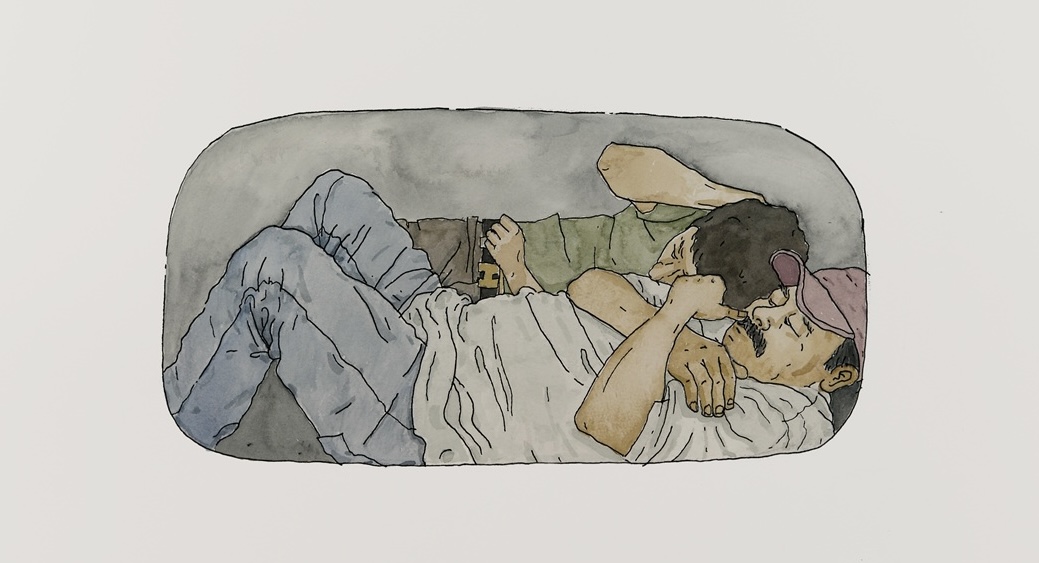
"Each project begins with the subject matter itself and the chosen medium emerges from the question of how best to represent 'the story.' This has led me to work across painting, drawing, architecture, video, performance, conceptual practices, music, sculpture, ceramics, neon, design, and even food," Morales said."
"The darkroom became a transformative space for me. The process felt like alchemy: developing negatives, placing a blank sheet of photo paper into the chemicals, and watching an image slowly emerge. That moment of seeing a photograph come alive was pure ecstasy-I was hooked. Soon after, I changed my major to photography, setting me on the path toward fine arts," Morales said."
"We became friends, and he invited me to see his work at the Museum of Art in Balboa Park, San Diego. After walking through galleries filled with the heavy grandeur of European baroque painting, I found Luna lying half-naked and silent on a pedestal in the corner of a room, The Artifact Piece (1987). That encounte"
Julio César Morales is a multidisciplinary artist who identifies as a musician using visual art as his instrument. He centers projects on subject matter and selects media based on how best to represent each story, working across painting, drawing, architecture, video, performance, conceptual practices, music, sculpture, ceramics, neon, design, and food. Initial studies began in graphic design, followed by a transformative black-and-white photography darkroom experience that led to a switch to photography and a path toward fine arts. Morales studied New Genres (BFA, 1996) and has roots in Tijuana and San Diego, with longstanding ties to the Bay Area and encounters with artists such as James Luna.
Read at 48 hills
Unable to calculate read time
Collection
[
|
...
]